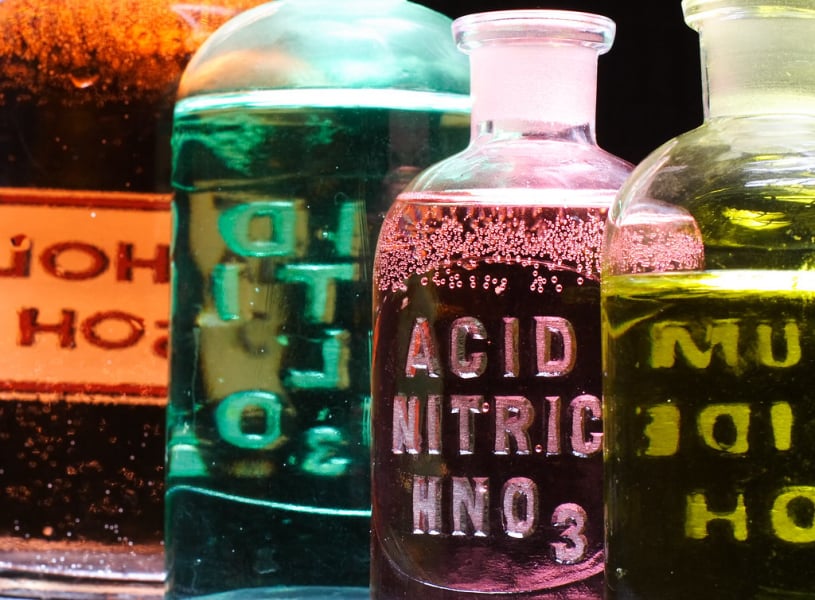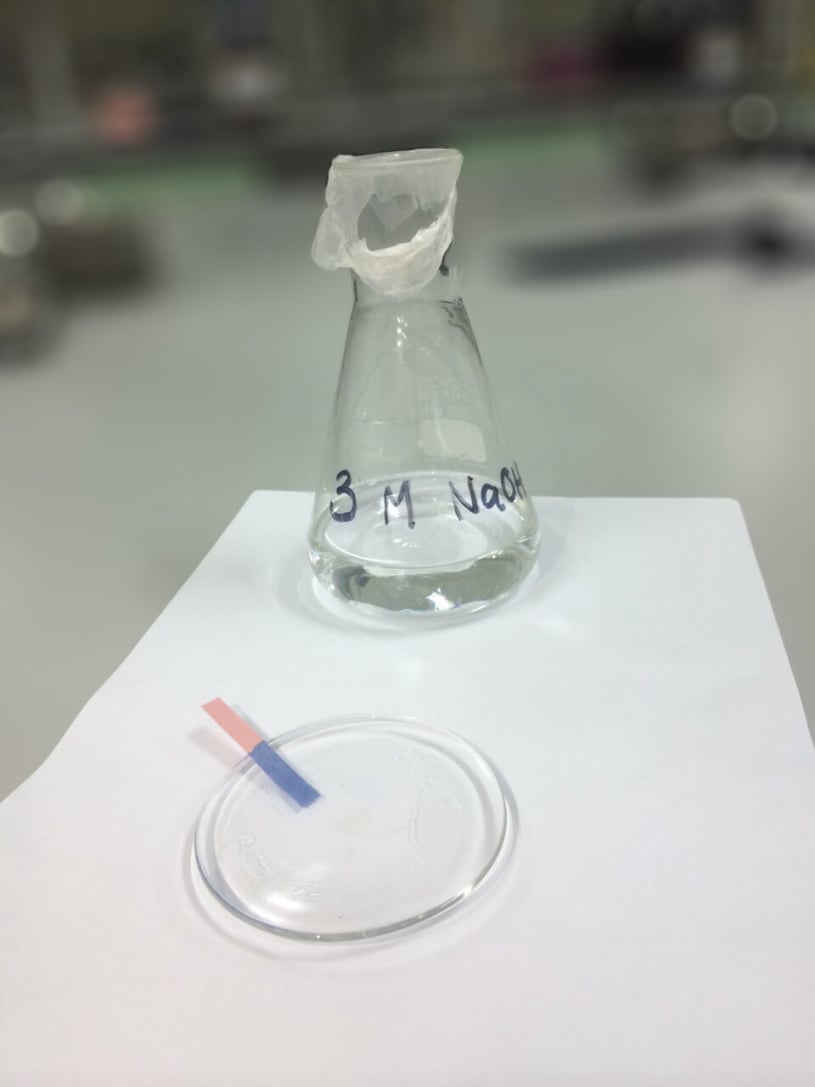Comparing acidity
- Molecules are usually those with -OH and COOH groups.
- Benzene:
1. The benzene group is electron withdrawing.
2. [phenol only] Lone pair on O atom is delocalised onto the ring.
3. Conjugate base produced is more stable
4. A is a stronger acid than B because A has a benzene ring. - Alkyl groups:
1. Alkyl group is electron releasing.
2. [alcohol only] Electrons are released towards the O atom.
3. The O atom attracts H+ more strongly4. A has more/longer alkyl groups attached to the C (in C-OH). Thus, electron releasing effect is stronger, making it a weaker acid.
Note: no. of alkyl groups is more important than length. - Carboxylic acids (COOH):
1. p-orbitals of C and O atoms in COOH overlap to form a delocalised system.
2. Conjugate base formed is more stable.
3. It loses H+ more easily, making it a stronger acid.
4. A is more acidic than B because it has a COOH group. - Halogens:
1. Halogen atoms are electronegative and draw electrons towards themselves.
2. Negative charge is drawn away from the O atom/COO- group.
3. Conjugate base formed is more stable.
4. It loses H+ more easily, making it a stronger acid.
5. A is more acidic than B because it has more halogen atoms/more electronegative halogen. - Priority when assessing acidity: COOH > benzene > alkyl/halogen

